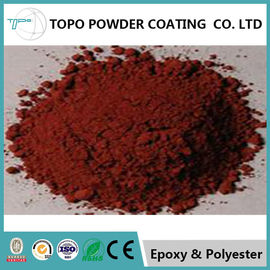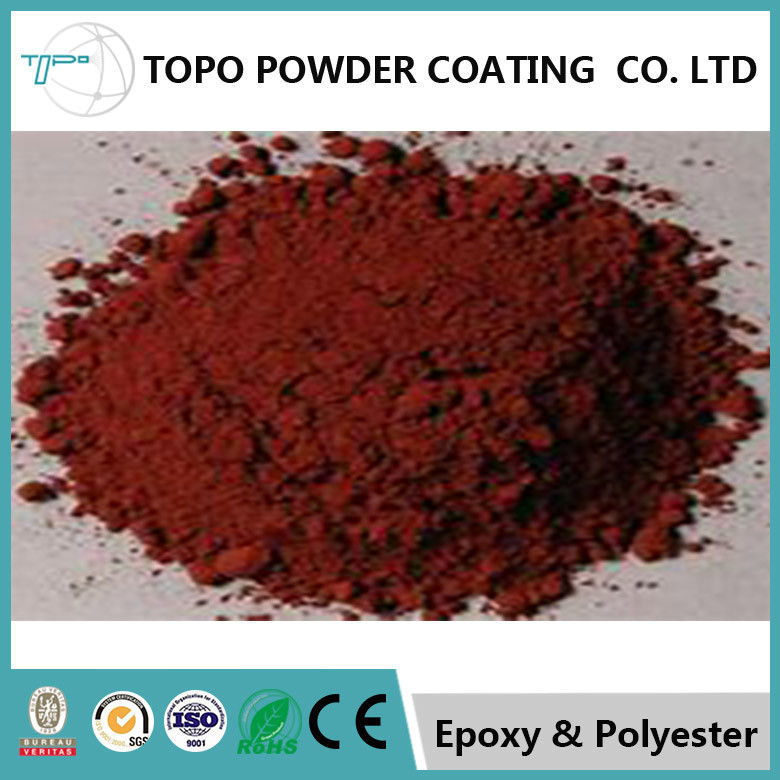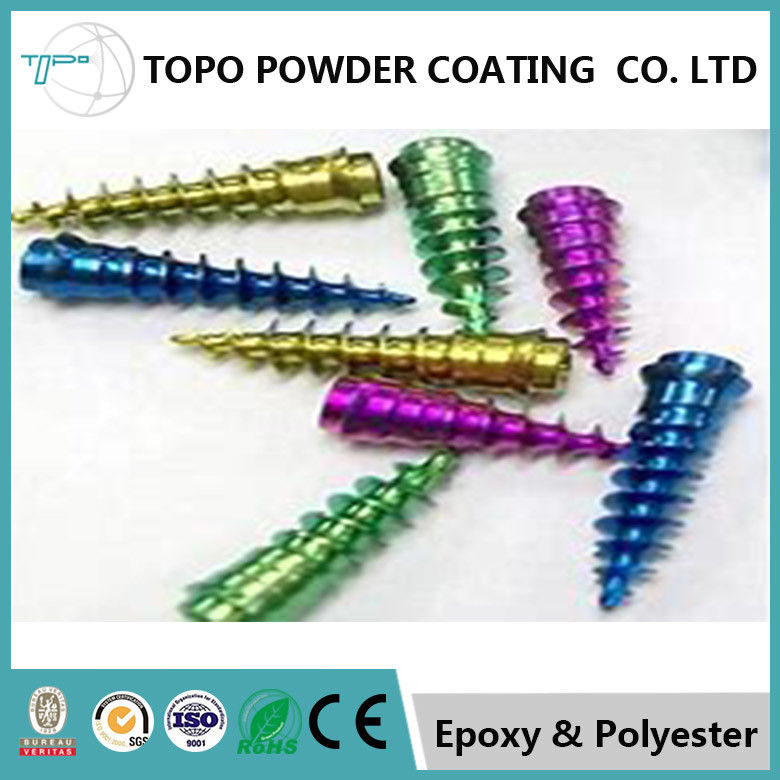
Smooth RAL 1018 Bicycle Powder Coating , 79% Gloss Hard Rigid Brown Powder Coat
-
High Light
electrostatic powder coating
,automotive powder coating
-
ColorZinc Yellow
-
RALR1018
-
Gloss79%
-
AppearanceSmooth
-
Coating Thickness50mm
-
Humidity1000 Hours
-
Place of OriginUkraine
-
Brand NameTOPO
-
CertificationCE, SGS, BV, ISO
-
Model NumberTPC-RAL1018
-
Minimum Order QuantityNegotiable
-
PriceNegotiable
-
Packaging DetailsTwo-ply PVC bag inside with carton box
-
Delivery Time7 days
-
Payment TermsWestern Union, MoneyGram, L/C, T/T
-
Supply Ability400ton/Month
Smooth RAL 1018 Bicycle Powder Coating , 79% Gloss Hard Rigid Brown Powder Coat
RAL1018 zinc yellow electrostatic thermoset powder coating for home Appliances
The powder coating process is very similar to a painting process except that the “paint” is a dry powder rather than a liquid. The powder sticks to the parts due to electrostatic charging of the powder and grounding of the parts. Any substrate can be used that can tolerate the heat of curing the powder and that can be electrically grounded to enhance charged particle attachment. The powder flows and cures during the application of heat.
Several advantages of powder coating over paints are:
Powder recovery for reuse
No VOC generation therefore no VOC destruction required
Can be more durable than paints (powder chemistry dependent)
Several disadvantages of powder coating over paints are:
Can have less leveling than paint (more orange peel)
Curing is typically more energy intensive than paint drying due to higher temperature requirements
Surface preparation before powder coat application is still critical for adhesion and defect avoidance.
Typical steps in a powder coating process for metal parts:
Phosphating Powder
Coating
Cleaning Rinsing Part
Drying
Rinsing Curing
1. Cleaning (typically an alkaline cleaner, but substrate dependent)
2. Rinsing
3. Phosphating (optional step to improve corrosion protection and adhesion)
4. Drying
5. Powder Coating
6. Curing (typically energy intensive since relatively high temperatures are required to get the powder to liquefy and flow*)
*Powder coating formulators have been working to reduce the cure temperatures to allow the process to be used on temperature sensitive materials.
Thermoset Pros
- More resistant against high temperature.
- Hard and rigid.
- Thin to thick wall capability.
- Excellent appearance.
- High mechanical property.
- Cost effective.
- Excellent dimensional stability.
| Testing Items | Standard | Data |
| Appearance | Flat And Smooth | |
| Coating Thickness | GB/T6554-2003 | 50~70mm |
| Gloss(60°) | GB/T9754-2007 | From 2%~100% to All Gloss |
| Impact Resistance | GB/T1732-1993 | 50kg.cm |
| Bending Performance | GB/T6742-2007 | 2mm |
| Cupping | GB/T9753-2007 | 8mm |
| Adhesion Force | GB/T9286-1998 | 0 Grade |
| Hardness | GB/T6739-2006 | 2H |
|
Resistant to Salt (1000 Hours) |
GB/T1771-2007 | No Change For Coating Appearance |
| Humidity And Heat Resistance (1000 Hours) | GB/T1740-2007 | No Change For Coating Appearance |
|
Chemical Medium Resistance (240 Hours) 5%H2SO4 5%HCl 5%NaOH 5%NaCl |
GB/T1763-1979 |
No Change For Coating Appearance No Change For Coating Appearance No Change For Coating Appearance No Change For Coating Appearance |
| Heat Resistance | GB/T1735-2009 | It Can Reach Between 220℃/20minutes And 240℃/40minutes According To Color And Different Requirement |
![]()
![]()

